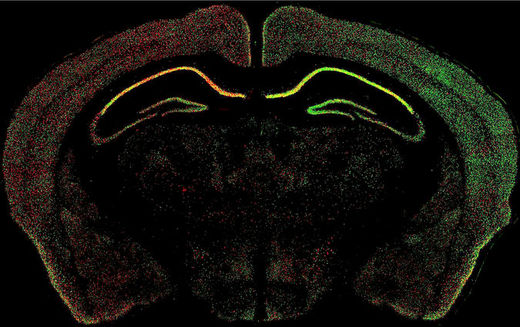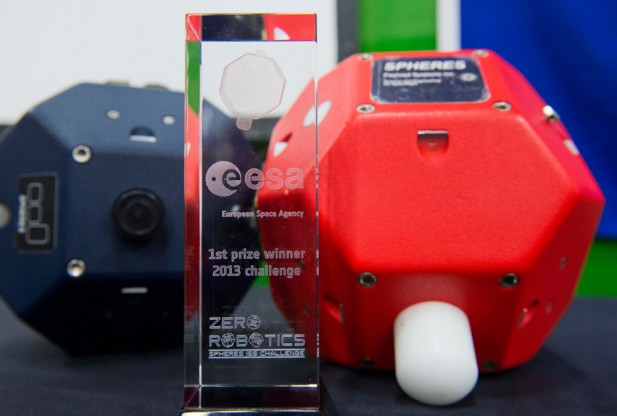
© Hao Wu and Jeremy Nathans/Cell PressIn a female mouse’s brain, a left-to-right pattern in the silencing of the X chromosome. These patterns may influence how individual brains function
The term "X chromosome" has an air of mystery to it, and rightly so. It got its name in 1891 from a baffled biologist named
Hermann Henking. To investigate the nature of chromosomes, Henking examined cells under a simple microscope. All the chromosomes in the cells came in pairs.
All except one.
Henking labeled this outlier chromosome the "X element." No one knows for sure what he meant by the letter. Maybe he saw it as an extra chromosome. Or perhaps he thought it was an ex-chromosome. Maybe he used X the way mathematicians do, to refer to something unknown.
Today, scientists know the
X chromosome much better. It's part of the system that determines whether we become male or female. If an egg inherits an X chromosome from both parents, it becomes female. If it gets an X from its mother and a Y from its father, it becomes male.
But the X chromosome remains mysterious. For one thing, females shut down an X chromosome in every cell, leaving only one active. That's a drastic step to take, given that the X chromosome has more than 1,000 genes.



Comment: Also see: Physicist cracks women's random but always lucky choice of X chromosome